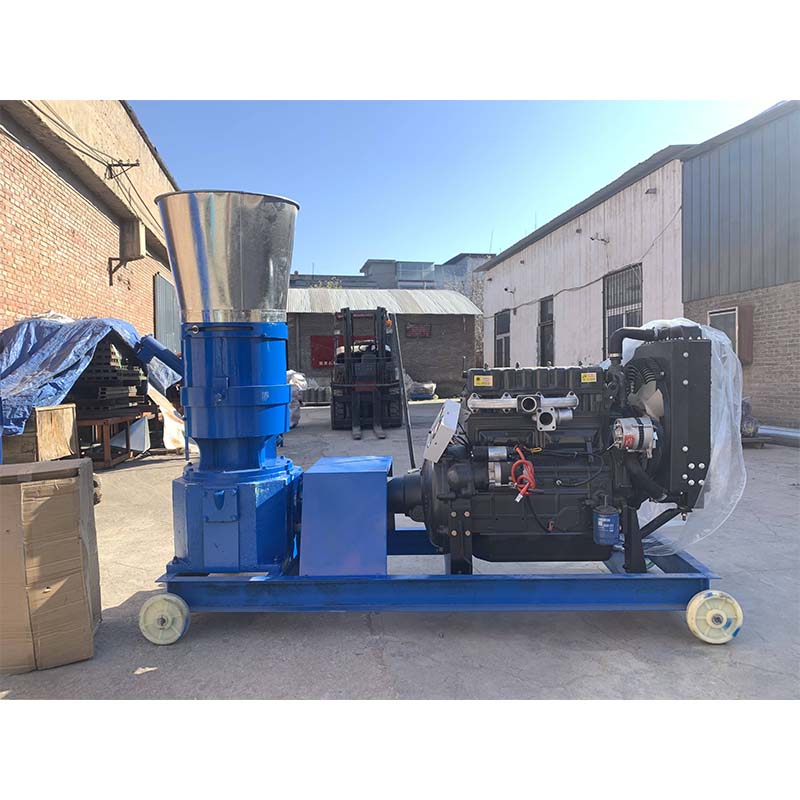Innovative Designs and Technologies for Contemporary Poultry Housing and Management Practices
Aug . 13, 2024 03:12 Back to list
Innovative Designs and Technologies for Contemporary Poultry Housing and Management Practices
The Modern Poultry House A Revolution in Aviculture
In recent years, the poultry industry has undergone significant transformations, fueled by advancements in technology and a growing demand for sustainable food production. Modern poultry houses have become the cornerstone of this evolution, incorporating innovative designs and practices that enhance efficiency, animal welfare, and environmental sustainability.
A modern poultry house is typically characterized by its emphasis on biosecurity, automation, and climate control. One of the primary goals of these facilities is to minimize the risk of disease transmission among flocks. This objective is achieved through the installation of controlled access points, specialized cleaning protocols, and the use of high-quality materials that are easy to sanitize. These measures not only protect the health of the birds but also safeguard the economic viability of poultry operations.
Automation plays a crucial role in modern poultry houses, enhancing the efficiency of feeding, watering, and waste management systems
. Automated feeders and drinkers ensure that birds receive the precise amount of nutrition and hydration without the necessity for constant human intervention. This not only reduces labor costs but also optimizes feed conversion ratios, which is critical for producing healthy, market-ready birds in a timely manner. Moreover, automated systems can be equipped with sensors that monitor bird health and behavior, allowing farmers to make data-driven decisions based on real-time information.modern poultry house

Climate control is another vital component of a modern poultry house. Maintaining optimal temperature, humidity, and ventilation inside the facility is essential for promoting healthy growth and ensuring bird welfare. Modern poultry houses are often equipped with advanced heating, cooling, and ventilation systems that can be finely tuned to the needs of the flock. For example, evaporative cooling systems help maintain lower temperatures during hot weather, while heating systems provide warmth in colder months. Proper ventilation not only reduces odor and ammonia buildup but also enhances air quality, contributing to the overall health of the birds.
Animal welfare is a priority in modern poultry housing, reflecting a shift in consumer expectations and regulatory requirements. Systems that allow for more space and mobility for the birds have been developed to promote natural behaviors. Enriched environments may include perches, nesting boxes, and outdoor access, enabling hens and broilers to express their instincts, which is crucial for their well-being. This focus on welfare not only benefits the animals but also enhances the quality of the eggs and meat produced, aligning with consumer demand for ethically sourced products.
Furthermore, modern poultry houses are increasingly designed with sustainability in mind. Energy-efficient technologies, such as solar panels and energy-saving HVAC systems, reduce the carbon footprint of poultry operations. Waste management systems that recycle manure into bioenergy or compost not only minimize environmental impact but also create additional revenue streams for farmers. These sustainable practices are not just good for the planet; they also appeal to increasingly eco-conscious consumers.
In conclusion, the modern poultry house represents a significant advancement in the poultry industry, integrating technology, welfare considerations, and sustainability into a cohesive operational model. As consumer demands for quality and ethical sourcing continue to grow, the evolution of poultry housing will play a crucial role in ensuring that the industry meets these challenges effectively. Embracing these innovations not only benefits producers but also contributes to a more sustainable and humane food system, fostering a brighter future for both poultry and consumers alike.
-
Automatic Feeding Line System-Pan Feeder Nipple Drinker|Anping County Yize Metal Products Co., Ltd.
NewsJul.29,2025
-
Hot Sale 24 & 18 Door Rabbit Cages - Premium Breeding Solutions
NewsJul.25,2025
-
Automatic Feeding Line System Pan Feeder Nipple Drinker - Anping County Yize Metal Products Co., Ltd.
NewsJul.21,2025
-
Automatic Feeding Line System Pan Feeder Nipple Drinker - Anping County Yize Metal Products Co., Ltd.
NewsJul.21,2025
-
Automatic Feeding Line System - Anping Yize | Precision & Nipple
NewsJul.21,2025
-
Automatic Feeding Line System - Anping Yize | Precision & Nipple
NewsJul.21,2025






